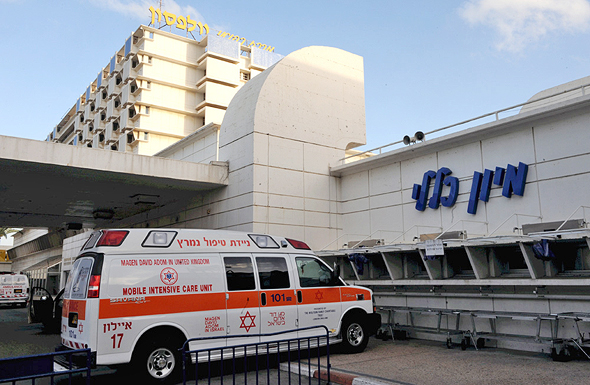Israel Spent More on Health in 2018, Still Below OECD Average
Last year, Israel spent 7.6% of its GDP on health, a 4.3% increase from 2017. The OECD average was 8.8% that same year
In terms of purchasing power parity (PPP), the Israeli expenditure per person in 2018 was $2,953, lower than most OECD countries. The U.S. expenditure was the highest at $10,586. It is important to note that PPP does not take into consideration factors such as the population's age composition and the country's employment market.
 Wolfson Medical Center, Israel (illustration). Photo: Yuval Chen
Wolfson Medical Center, Israel (illustration). Photo: Yuval Chen
Israel's national expenditure on health has been relatively stable over the past two decades, remaining in the range of 6.9%-7.4% in 2000-2018. In comparison, the OECD average saw greater changes during the same period, with a range of 7.2%-8.8%.
Of the 2018 expenditure for Israel, the government budget accounted for 40%, and 24% was funded by the national health tax. The overall government funding component, 64%, is under the OECD average of 74%. Another 21% came from direct household payments for medical services and pharmaceuticals, while another 13% was payment for private medical services such as private insurance. Overall, Israelis chose to pay 10.3% more for private medical insurance in 2018.



